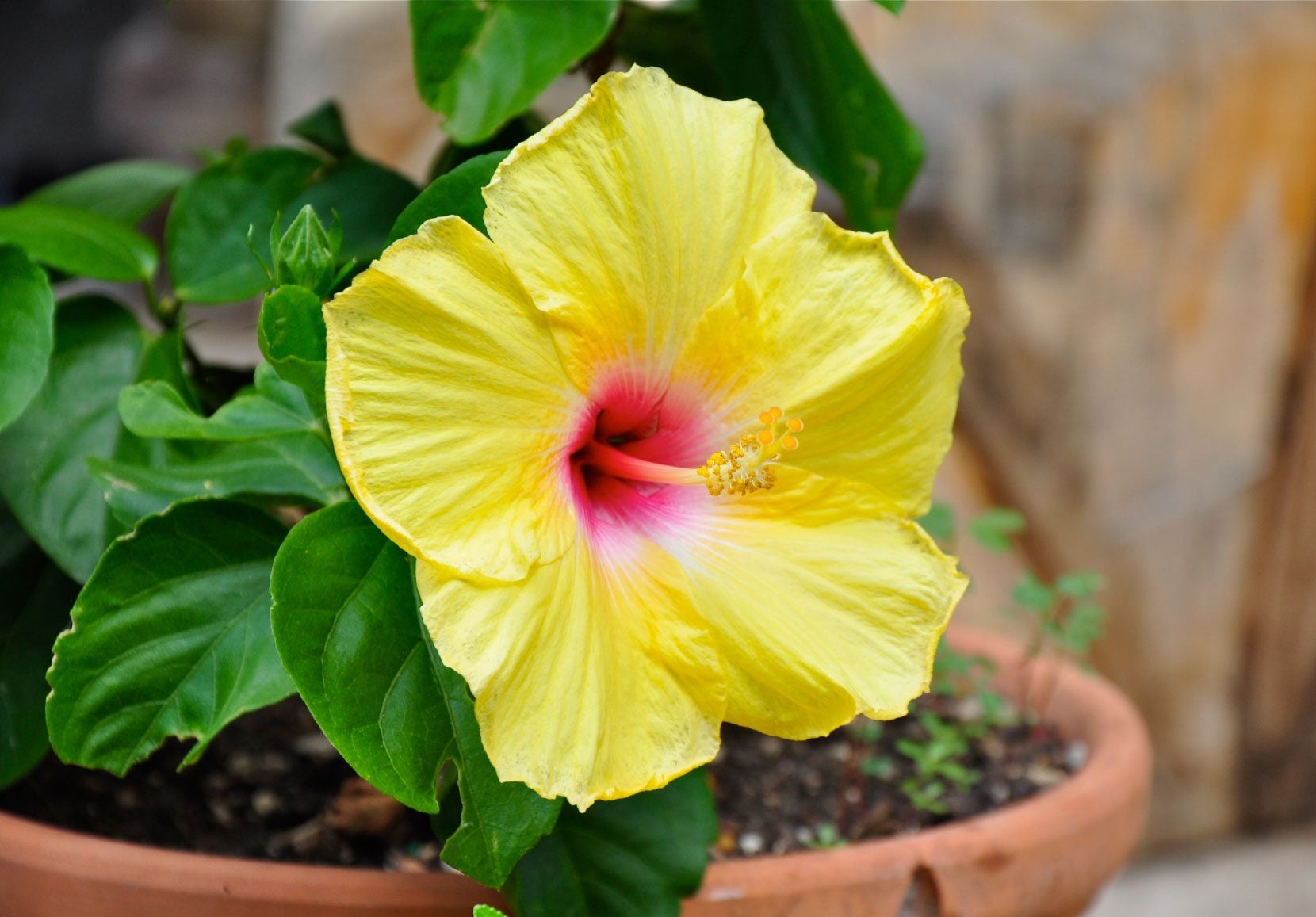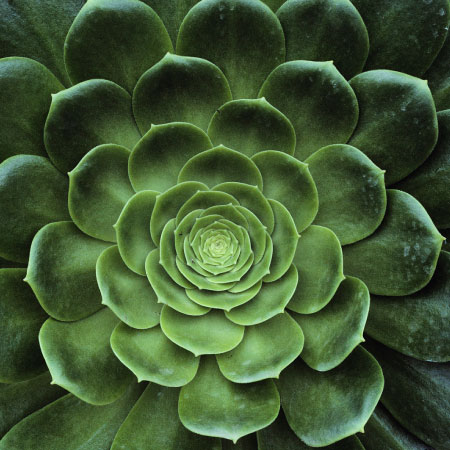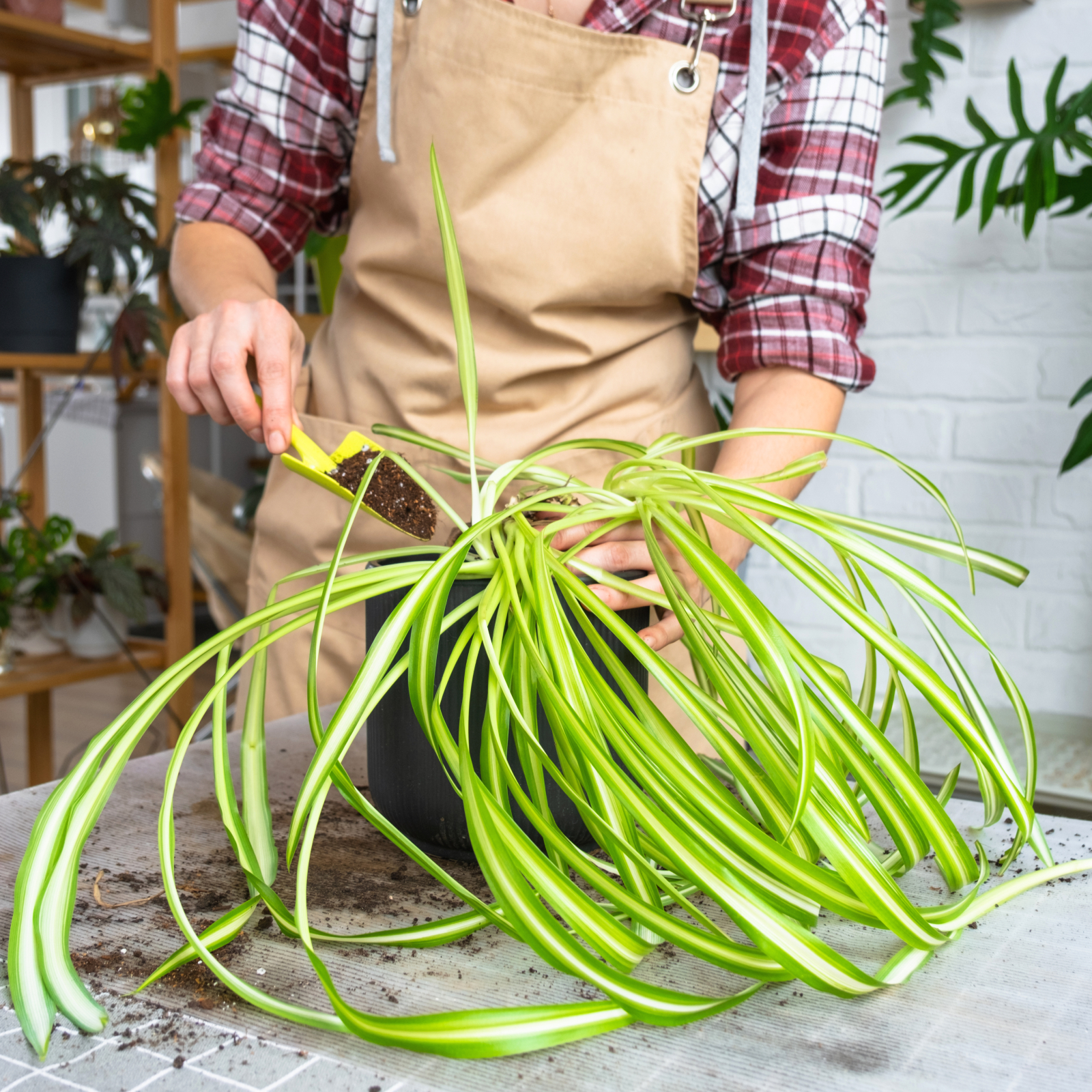Hibiscus Container Care: Growing Tropical Hibiscus In Containers


Also known as Chinese hibiscus, tropical hibiscus is a flowering shrub that displays big, showy blooms from spring through autumn. Growing tropical hibiscus in containers on a patio or deck is a good option; hibiscus performs best when its roots are slightly crowded. Read on to learn more about tropical hibiscus container gardening.
Container Culture for Chinese Hibiscus
Tropical hibiscus thrives in warm, humid climates. The plant performs best when it receives at least six to eight hours of sunlight per day, however, afternoon shade is beneficial in hot climates. Move tropical hibiscus to a sheltered location or bring it indoors during the winter if you live in a climate with chilly winters. The shrub doesn't tolerate temperatures below 45 degrees F. (7 C.). Place the plant in a shady location for two weeks before you move it indoors so it can acclimate to its new environment. Move the container outdoors gradually in the spring when the temperature reaches 45 to 50 degrees F. (7-10 C.).
Planting Hibiscus in Pots
Plant hibiscus in a pot filled with a lightweight, well-drained potting mix, such as a product that contains compost and perlite or vermiculite. Although tropical hibiscus loves sunlight, it helps to place a newly-planted hibiscus in the shade for about two weeks so the plant has time to adjust, then move it into bright sunlight. Be sure the pot has a drainage hole in the bottom to prevent root rot and other diseases caused by poorly drained soil and excess moisture.
Hibiscus Container Care
Growing tropical hibiscus in containers can be tricky. The plant requires consistent watering because potting mixture dries quickly and tropical hibiscus tends to turn yellow and drop flower buds without adequate water. Check the plant often because it may require watering twice daily during hot, sunny weather. Tropical hibiscus requires nitrogen and high levels of potassium. Feed the plant lightly but regularly, using a water-soluble fertilizer formulated for hibiscus. You can also use a slow-release fertilizer, which lasts for up to six weeks. Watch for pests such as:
Most pests are easily controlled with insecticidal soap spray. Apply the spray when the sun isn't directly on the foliage, as the spray may burn the plants. Never spray when temperatures are above 90 degrees F. (32 C.). A cool morning or evening is best.
Gardening tips, videos, info and more delivered right to your inbox!
Sign up for the Gardening Know How newsletter today and receive a free copy of our e-book "How to Grow Delicious Tomatoes".

A Credentialed Garden Writer, Mary H. Dyer was with Gardening Know How in the very beginning, publishing articles as early as 2007.
-
 4 Superfast Composting Methods: Turn Waste Into Garden Gold In 30 Days Or Less
4 Superfast Composting Methods: Turn Waste Into Garden Gold In 30 Days Or LessTry the fastest composting methods to turbocharge your pile and transform kitchen scraps and garden waste into finished compost in just a few weeks.
By Mary Ellen Ellis
-
 Best Spider Plant Soil – Complete Soil Guide And Expert Tips For Keeping Plants Happy
Best Spider Plant Soil – Complete Soil Guide And Expert Tips For Keeping Plants HappySpider plants are fun and easy plants to grow, but what is the best soil for a spider plant? Selecting the right soil is important so they can thrive.
By Bonnie L. Grant